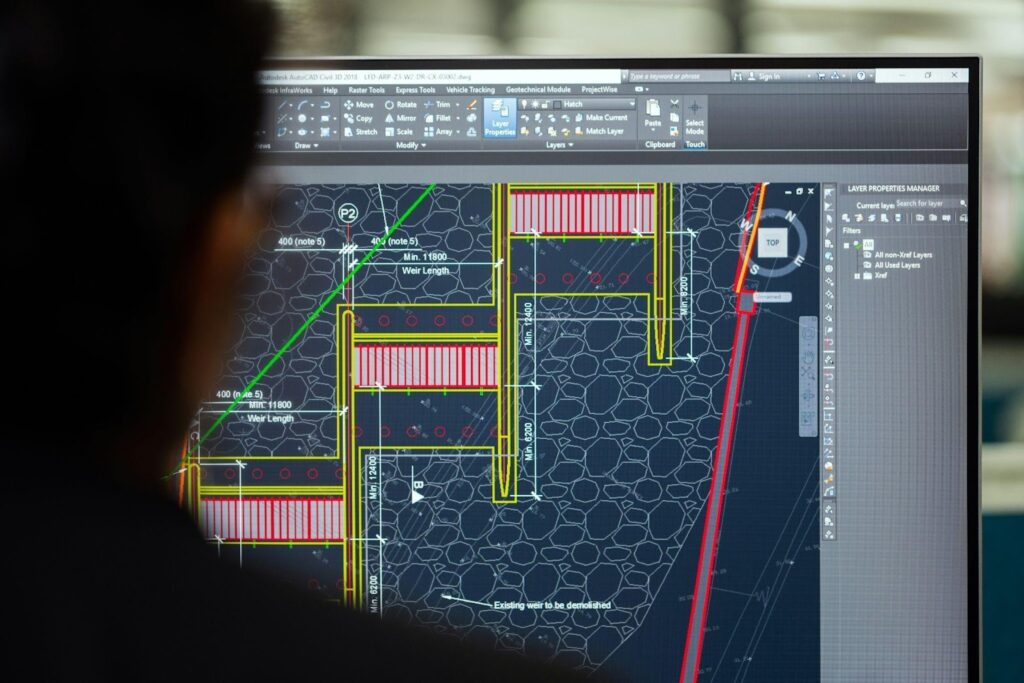
In the fast-paced global of engineering, precision and overall performance are paramount. Complex mathematical problems, complex designs, and particular calculations are a part of each day’s obligations. To manage their needs, engineers depend on advanced calculation software programs that simplify complex calculations, making sure accuracy and performance. This article explores the top 10 calculation software application equipment revolutionizing the engineering subject, offering effective solutions for diverse mathematical operations, which include algebra, calculus, and statistics.
MATLAB
MATLAB is an excessive-level programming language and surroundings that is mainly well-known amongst engineers for numerical computing. It offers an in depth kind of gear for matrix manipulations, function plotting, algorithm implementation, and information analysis. Whether you are working on linear algebra, calculus, or differential equations, MATLAB simplifies complicated mathematical calculations, making it easy for novices and professionals.
Key Features:
- Powerful matrix operations
- Extensive library of mathematical capabilities
- Toolboxes for precise engineering disciplines
Mathcad
Mathcad is every different industry desired, providing a completely precise interface in which engineers can create, manipulate, and report their calculations seamlessly. Mathcad permits users to combine standard math notation with text and graphs in a single document, supplying a complete answer for documentation and calculation.
Key Features:
- WYSIWYG (What You See Is What You Get) interface
- Real-time calculation updates
- Integration with other CAD software
Wolfram Mathematica
Wolfram Mathematica is known for its computational prowess. This software application is right for performing symbolic and numerical calculations. Engineers frequently use Mathematica for complex mathematical fashions, simulations, and set of policies development.
Key Features:
- Symbolic computation skills
- Built-in visualization equipment
- Extensive library of mathematical capabilities
COMSOL Multiphysics
COMSOL Multiphysics is not only a calculation tool, but a whole simulation environment. It permits engineers to version and simulate physics-based problems quite simply. The software facilitates more than one physics interface and gives superior solvers for complicated simulations.
Key Features:
- Multiphysics simulations
- Flexible solver and meshing alternatives
- CAD and ECAD import abilities
Autodesk Robot Structural Analysis Professional
This tool is essential for civil and structural engineers. Autodesk Robot Structural Analysis Professional offers a sturdy gadget for reading and designing several systems, making sure they are able to withstand environmental and human-added approximately hundreds.
Key Features:
- Advanced structural analysis
- Seamless integration with Revit
- Global format codes help
Structural Engineering Software
For engineers targeted on structural layout, specialized software programs like Structural Engineering Software (SES) offer tailored answers. SES gadgets are designed to cope with the specific needs of structural engineers, which include load evaluation, fabric energy exams, and protection exams. This software program simplifies the approach of making sure systems are secure and compliant with company requirements, making it a fundamental device in modern-day structural engineering.
Key Features:
- Comprehensive structural analysis equipment
- Support for diverse construction materials
- Compliance with international constructing codes
ANSYS
ANSYS is a flow-to reply for engineers looking to perform complicated simulations and analyses. This software is considerably utilized in several engineering fields, including mechanical, electric, and civil engineering, supplying powerful gear for finite element assessment (FEA) and computational fluid dynamics (CFD).
Key Features:
- Extensive FEA abilities
- Multi-physics simulations
- High-normal overall performance computing assist
Simulink
Simulink, an add-directly to MATLAB, is a simulation and model-based completely layout environment. It is mainly beneficial for engineers operating with dynamic structures, allowing them to create models and simulate them with actual-time facts.
Key Features:
- Block diagram environment for modeling
- Integration with MATLAB
- Real-time simulation talents
ETABS
ETABS is an important device for structural engineers, especially designed for constructing evaluation and design. It offers an entire suite of devices for modeling, reading, and designing buildings, making sure they meet the required requirements and regulations.
Key Features:
- Building-unique structural assessment
- Integrated format abilities
- Advanced modeling abilities
Octave
Octave is an open-supply alternative to MATLAB, supplying comparable functionality for numerical computations. It’s a remarkable device for engineers who require MATLAB-like capabilities however are seeking for an unfastened answer.
Key Features:
- Compatible with MATLAB scripts
- Extensive mathematical feature library
- Active open-deliver community resource
The Role of Calculation Software in Engineering
In the ever-evolving region of engineering, precision and performance are more critical than ever. The right calculation software application can simplify complex mathematical issues, from algebra and calculus to structural engineering analysis. Tools like MATLAB, Mathcad, and Structural Engineering Software offer engineers with effective answers to beautify accuracy and problem-solving skills, making complicated calculations accessible to clients in any respect ranges. As engineering keeps beautifying, the software program program gear will continue to be fundamental in pushing the boundaries of what is viable.
The Future of Engineering Calculations

As generation keeps on conforming, the function of calculation software in engineering is ready to make even bigger. Innovations in synthetic intelligence (AI) and machine getting to know (ML) are already beginning to persuade how engineers approach hassle-solving and layout. AI-driven algorithms can now assist in optimizing designs, predicting capacity issues, or maybe automating repetitive responsibilities, allowing engineers to be conscious of greater innovative and complicated additives of their paintings. Additionally, the integration of cloud computing and collaborative systems enables engineers to work together in real-time, irrespective of their physical location, in addition enhancing efficiency and precision. As those generations continue to mature, the destiny of engineering calculations looks brighter than ever, with new gadgets and skills rising to fulfill the growing wishes of the industry.
